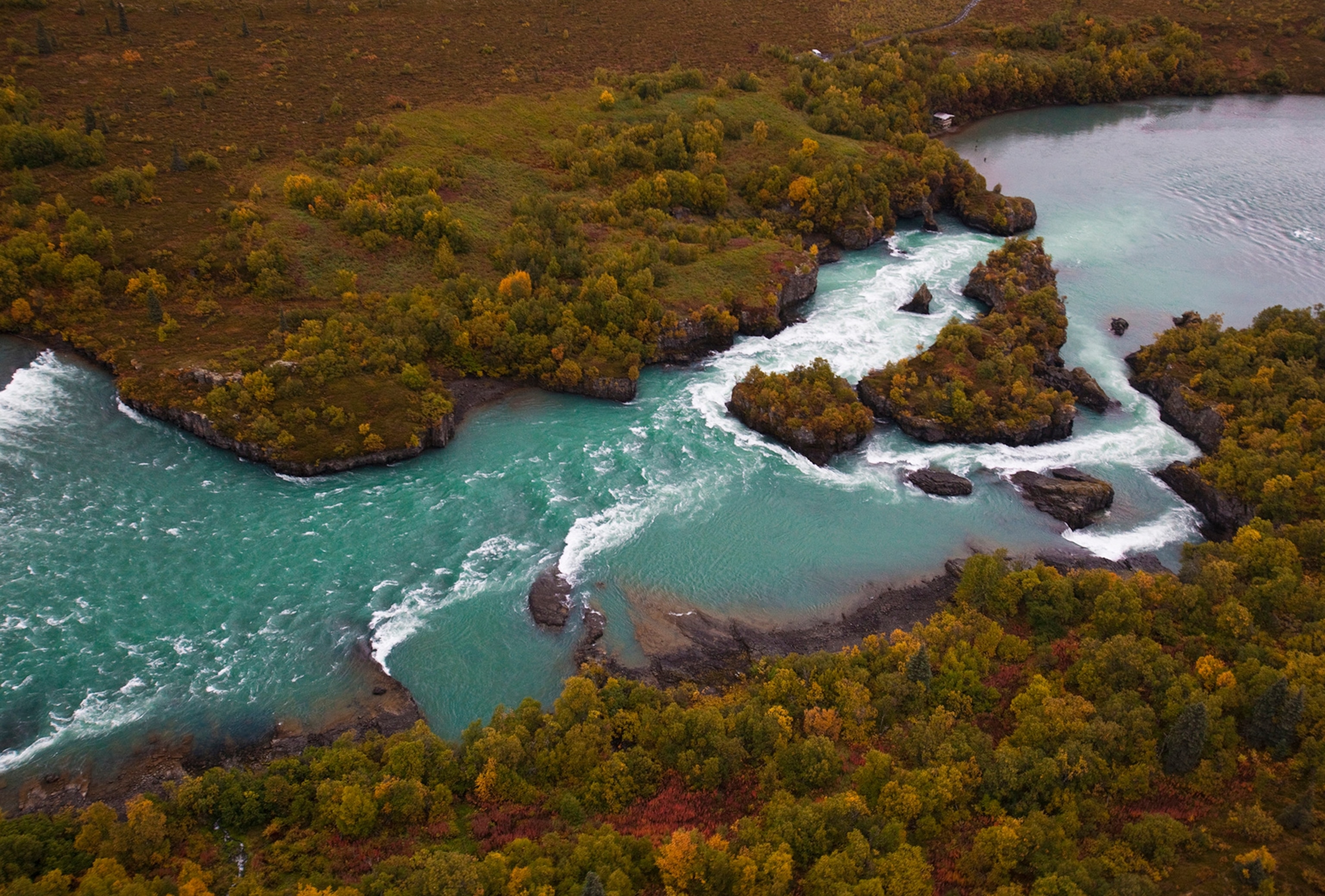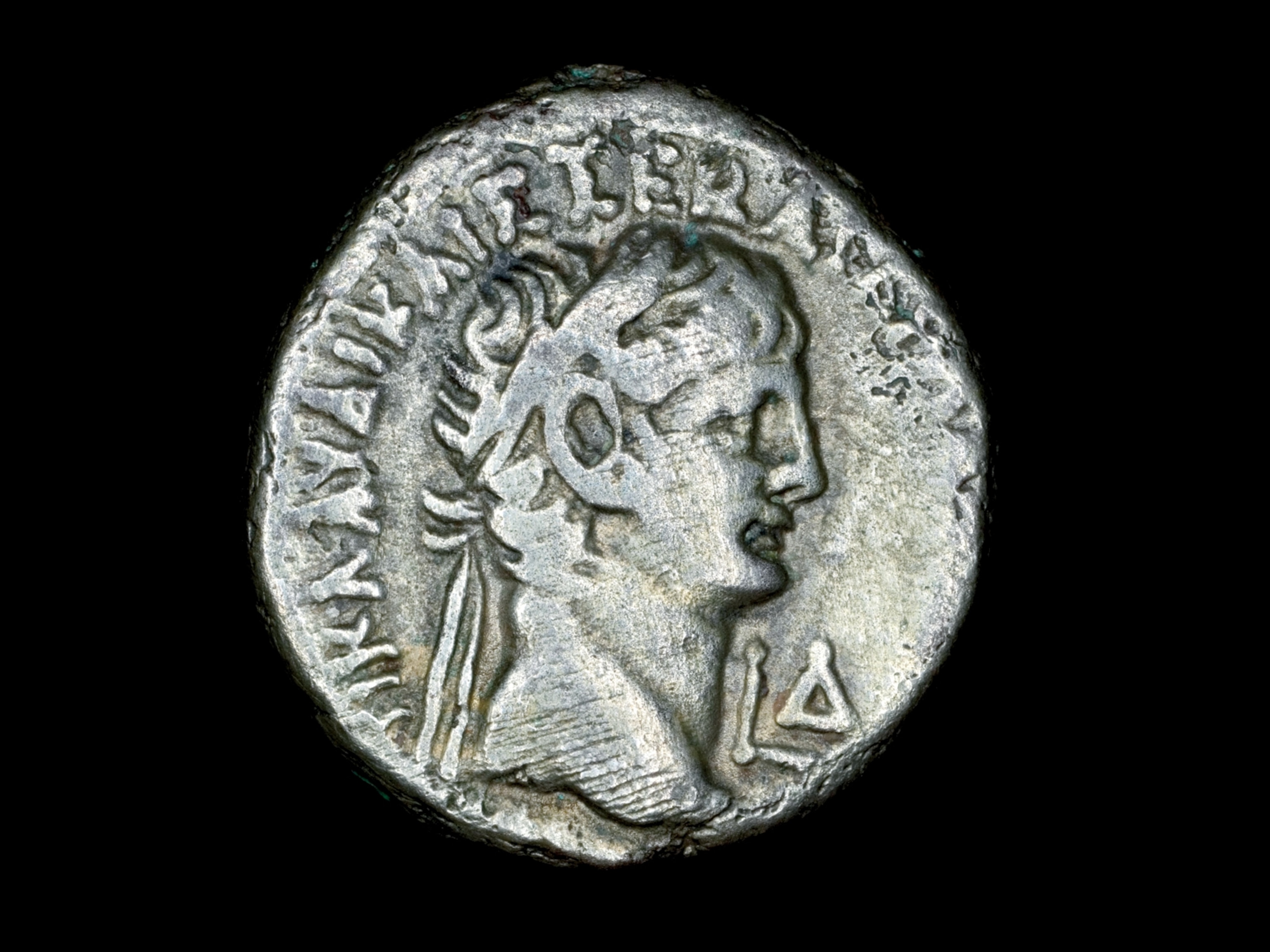
EPA Puts Pebble Mine on Hold
Federal regulators invoked the Clean Water Act to put dumping mine waste in an Alaskan bay on hold.
U.S. Environmental Protection Agency officials on Friday put on hold plans for a massive open-pit copper mine in Alaska, invoking Clean Water Act rules. (Related: "Alaska's Clash Over Salmon and Gold Goes National.")
Requested by EPA administrator Gina McCarthy, the delay aims "to protect the world's largest sockeye salmon fishery in Bristol Bay, Alaska," the agency said in a statement.
Such a Clean Water Act hold on mining, invoked only 13 times previously by the agency, means the U.S. Army Corps of Engineers cannot approve a permit for the proposed Pebble Mine, which the agency says would foul streams feeding into the bay, the fishery for half the world's wild salmon.
"Extensive scientific study has given us ample reason to believe that the Pebble Mine would likely have significant and irreversible negative impacts on the Bristol Bay watershed and its abundant salmon fisheries," McCarthy said.
Unspoiled Bay
Bristol Bay is located about 250 miles (400 kilometers) southwest of Anchorage, home to the world's largest population of wild salmon. (See pictures of Pacific salmon in National Geographic magazine.)
In the upper streams of their spawning grounds, near Iliamna Lake (map), are ore deposits containing about 80 billion pounds (36 billion kilograms) of copper and 110 million ounces (3 million kilograms) of gold where the mine would be located.
Tom Collier, the head of the Pebble Limited Partnership—a combination of Northern Dynasty Minerals, of British Columbia, and Anglo American, an international conglomerate headquartered in London—released a statement on the Friday decision, saying "The EPA's actions today are an unprecedented federal action and reflect a major overreach onto an asset of the State of Alaska."
"The steps taken by the EPA to date have gone well outside of its normal practice, have been biased throughout, and have been unduly influenced by environmental advocacy organizations," Collier added, in the statement.
Proposed Mine
The proposed mine would include a pit up to 2 miles (3.2 kilometers) wide and 1,700 feet (520 meters) deep, mines, a mill, and tailings ponds. The Partnership had promised that serious environmental effects would not result from the mine.
In the January assessment, however, the EPA had concluded it "would likely cause irreversible destruction of streams that support salmon and other important fish species, as well as extensive areas of wetlands, ponds and lakes."
Several Native American tribes had requested the EPA halt permits for the mine, warning of danger to the bay.
"This is one of the few places left on Earth where nature works as it should, and it's a breadbasket for the world, supplying literally hundreds of thousands of people with wild salmon," said Chris Wood, head of the Trout Unlimited sportsman's organization.
"If the EPA follows the science and follows through on this, it will rank as one of the most significant conservation achievements of the past 50 years," Wood said in a statement.
Clean Water Act regulations mean the decision kicks off a review process, conducted in consultation with the Corps of Engineers, aimed at eventually restricting mining activities that might impair the water quality of Bristol Bay.
Follow Dan Vergano on Twitter.





